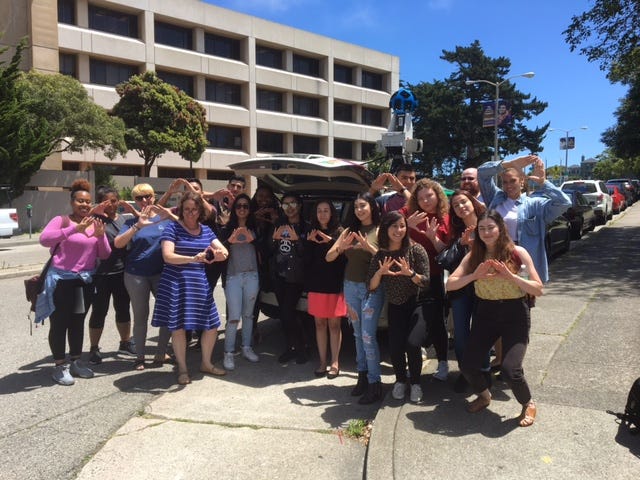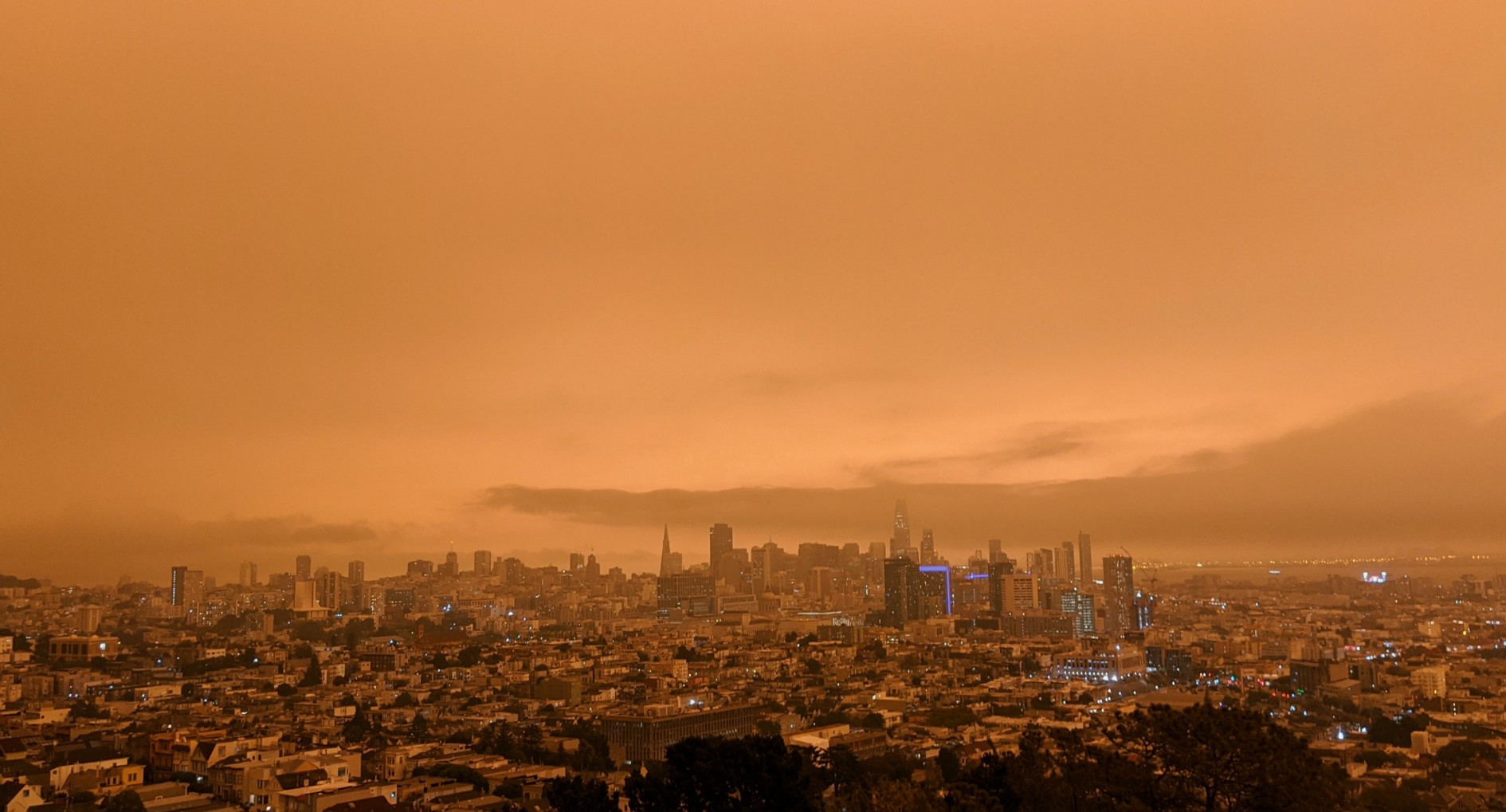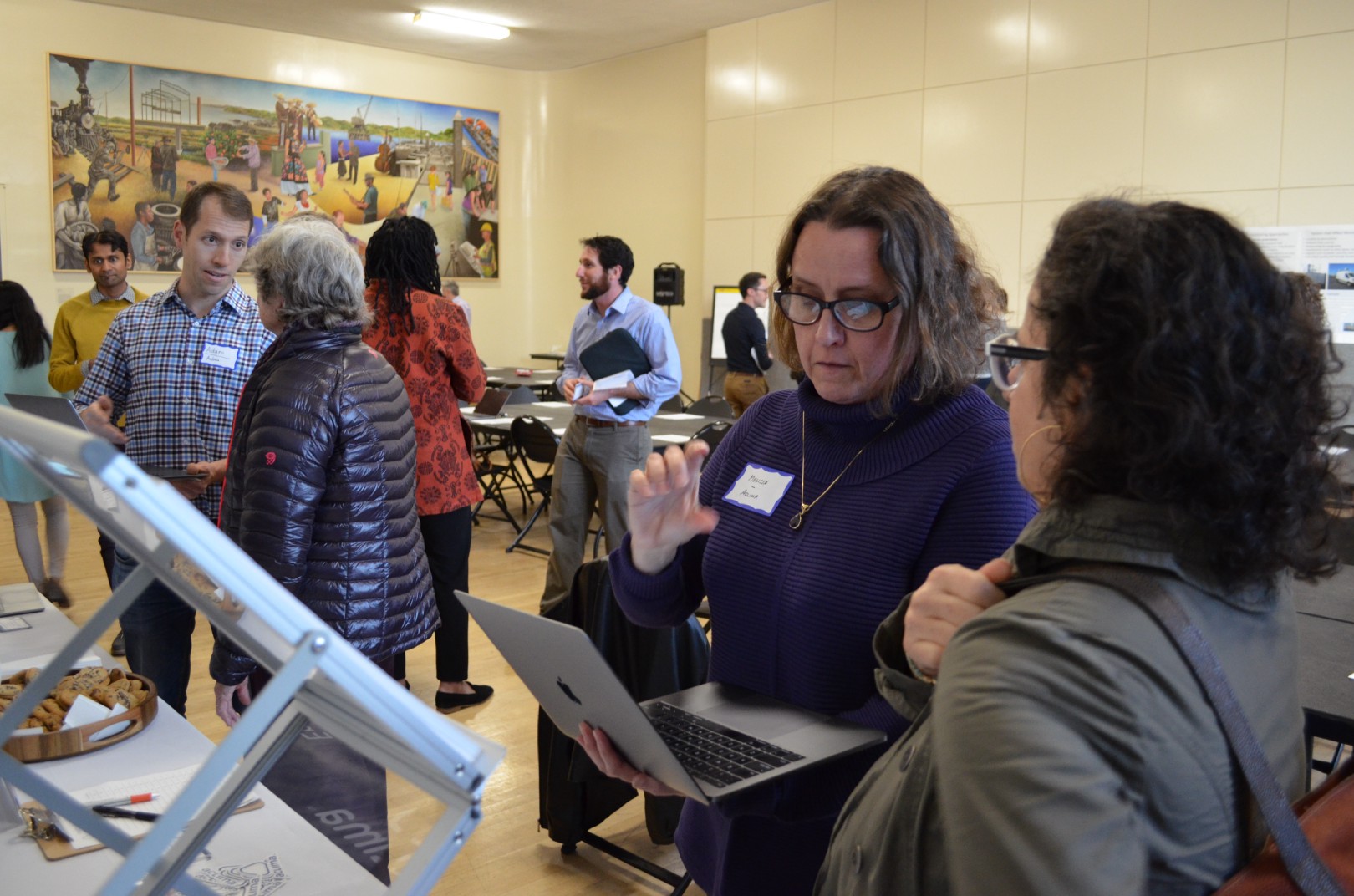New Research Shows Racial and Ethnic Disparities in Hyperlocal Air Pollution
Peer-Reviewed Study Drawing on Data from Aclima Mobile Measurements Published in PNAS Reflects the Lived Experience of Communities of Color in the Bay Area.
A new peer-reviewed hyperlocal air pollution study with implications for environmental justice policy has been published in the Proceedings of the National Academy of Sciences (PNAS). The study was led by Dr. Sarah Chambliss in the Department of Civil, Architectural and Environmental Engineering at the University of Texas at Austin and Prof. Joshua Apte from UC Berkeley, with co-authors from the National Institute of Environmental Health Sciences, Carnegie Mellon University, University of Washington, and Aclima.
The scientific study funded by the US EPA, EDF, and Health Effects Institute examines how the variability in ambient air pollutant levels at local and regional scales correlates with the racial and ethnic demographics of the people who live within and across four counties in the San Francisco Bay Area. The hyperlocal air pollution data for the study was generated by the Google Street View fleet equipped with the Aclima hyperlocal air mapping platform.
All of the air pollutants measured —black carbon (BC), nitric oxide (NO), nitrogen dioxide (NO2), and ultrafine particles (UFP) —had meaningful variation at hyperlocal (i.e. a city block), local (i.e., within individual neighborhoods) and regional (i.e., between neighborhoods) scales.
This variability of air pollution results in racial and ethnic disparities in exposure. For Hispanic and Black populations, median concentrations of UFP, NO, and NO2 were 8%-30% higher than the population average.
.png?width=600&name=Local-%20and%20regional-scale%20racial%20and%20ethnic%20disparities%20in%20air%20pollution%20determined%20by%20long-term%20mobile%20monitoring%20(7).png)
For white populations, average exposures to the same pollutants were 9%-14% lower than the population average.
“The Bay Area is still racially segregated. And pollution is unjustly distributed,” said co-author Joshua Apte, Assistant Professor, UC Berkeley. “Our findings are data-rich illustrations of the lived experience of communities."
Substantial disparities arise from regional differences in pollution. Neighborhoods that are predominantly Black or Hispanic/Latino as a result of historic policies like redlining are the same regions that typically see higher pollution levels. Often, these higher pollution levels are, in part, due to the location of sources in or near these same neighborhoods.
Variability at the local- and block-level also leads to large differences in exposure within neighborhoods. The two pollutants that are most strongly associated with fresh emissions, BC and NO, showed the most hyperlocal variation. In many cases, the air pollution varies as much or more within a neighborhood as it does between clean and polluted cities..png?width=600&name=Local-%20and%20regional-scale%20racial%20and%20ethnic%20disparities%20in%20air%20pollution%20determined%20by%20long-term%20mobile%20monitoring%20(6).png)
These findings show that hyperlocal air pollution data combined with racial and ethnic demographic data is an important way to identify disparities in potential exposures at local and regional levels. Aclima’s high spatial resolution data can reveal local sources of emissions of concern to the community that may not be seen using traditional stationary monitoring. Patterns from the regional data can also reveal the broader impact of sources and conditions. This approach can help decision-makers target emissions reductions and mitigation efforts in the locations where they are needed most, down to the block-level.
This study proves what communities of color have always known -- the unfair distribution of pollution sources means we don’t all breathe the same air. Hyperlocal air pollution data generated across regions improves our understanding of where emissions come from and who they affect, in ways never before possible. Now, it is critical that we apply the data to accelerate climate action that protects public health and advances environmental justice.
Share this
You May Also Like
These Related Stories

The Community Becomes the Classroom

PM 2.5 Surges As Wildfires Rage in California

/2022_Aclima_Logo_Mist_500px_wR.png?width=501&height=193&name=2022_Aclima_Logo_Mist_500px_wR.png)
